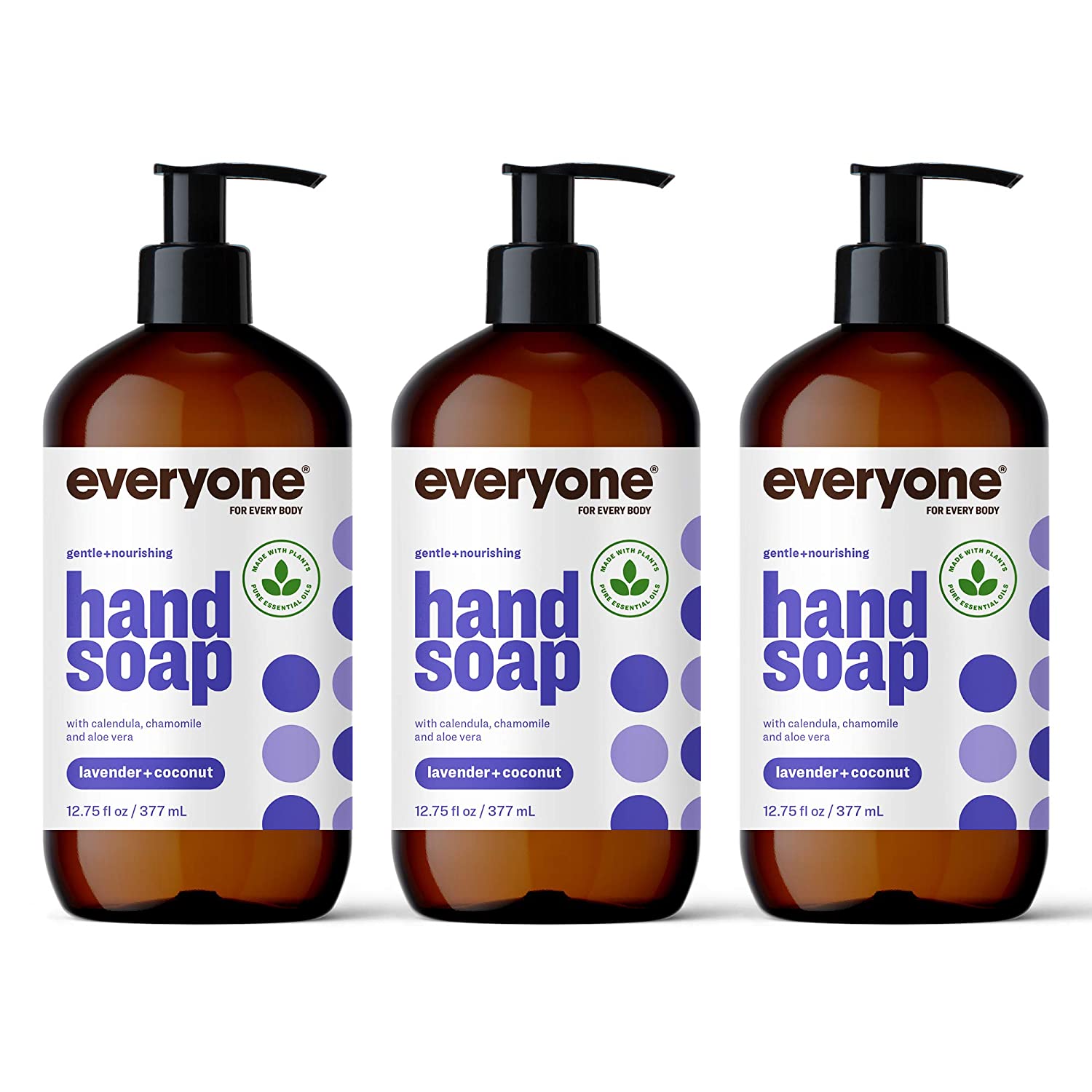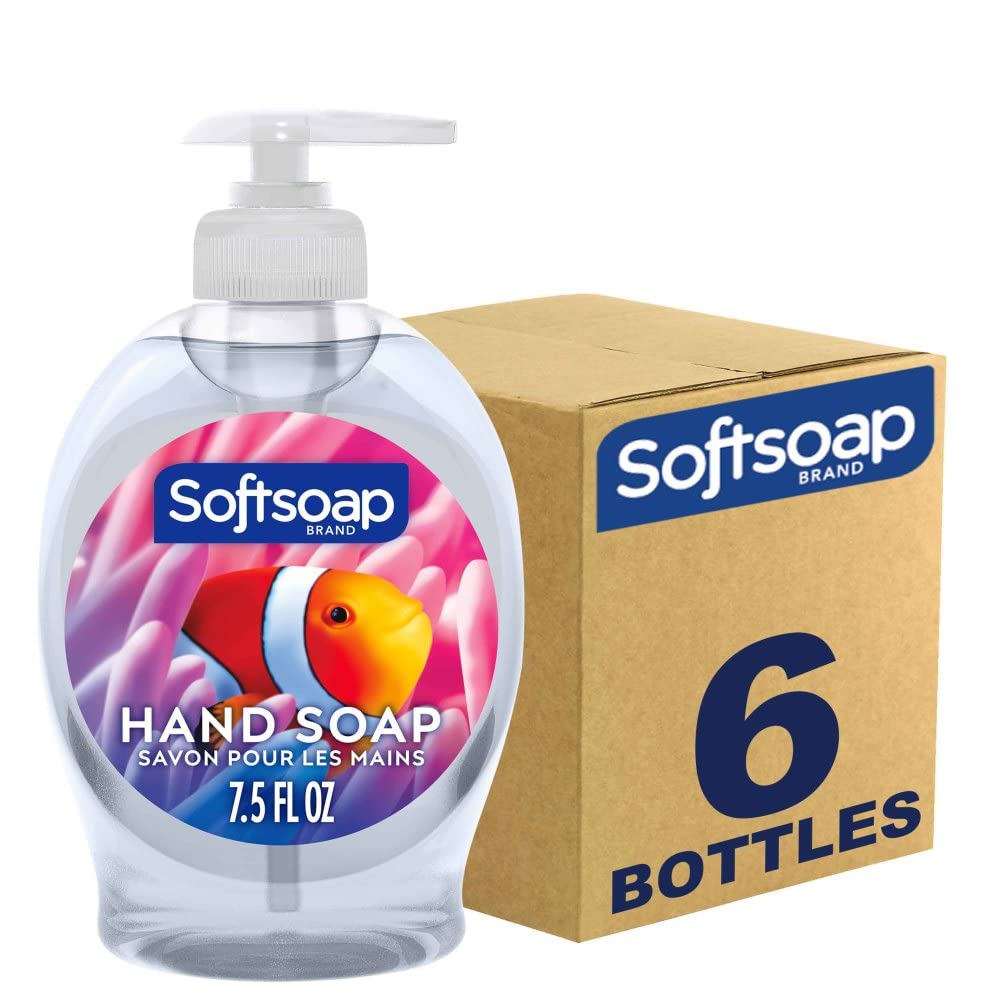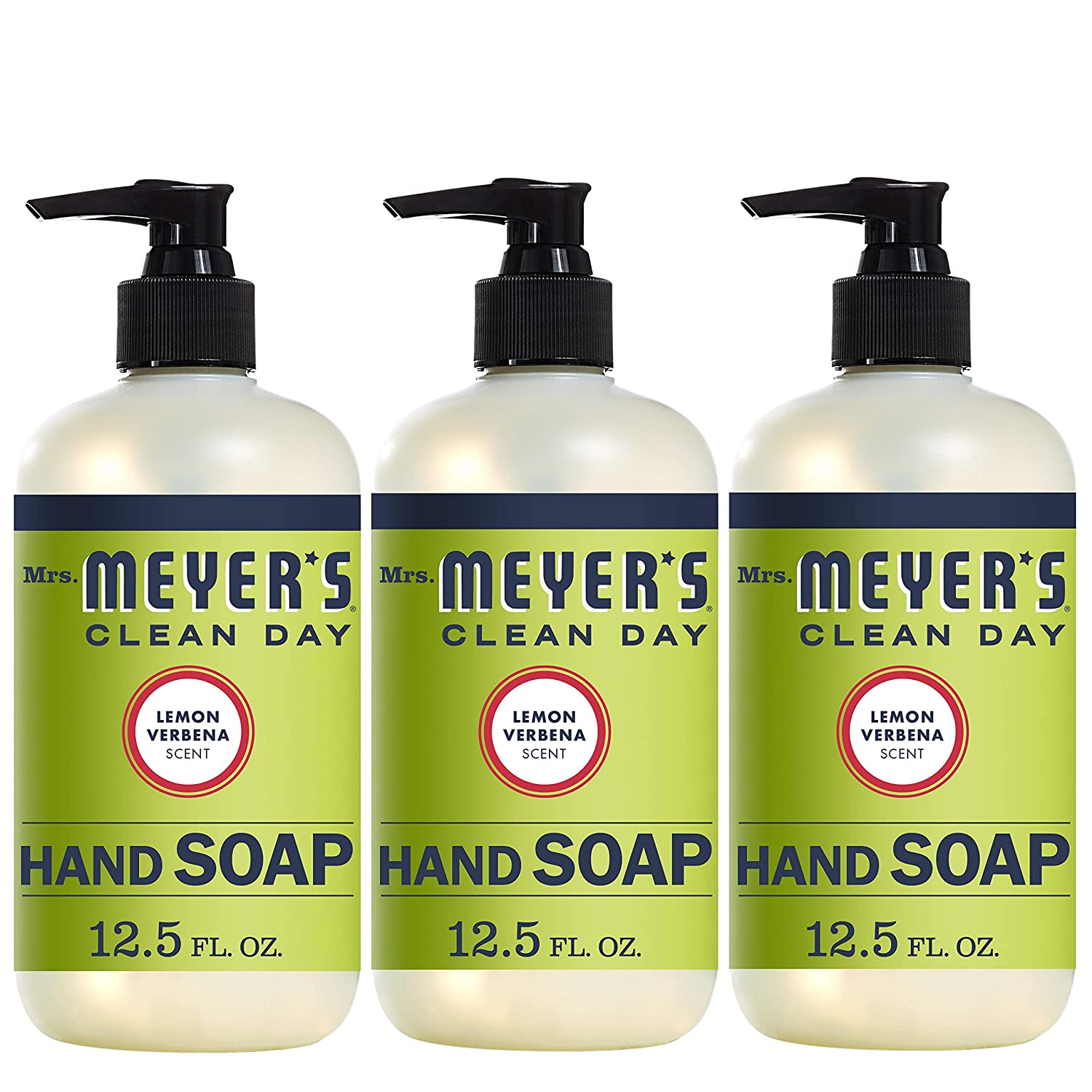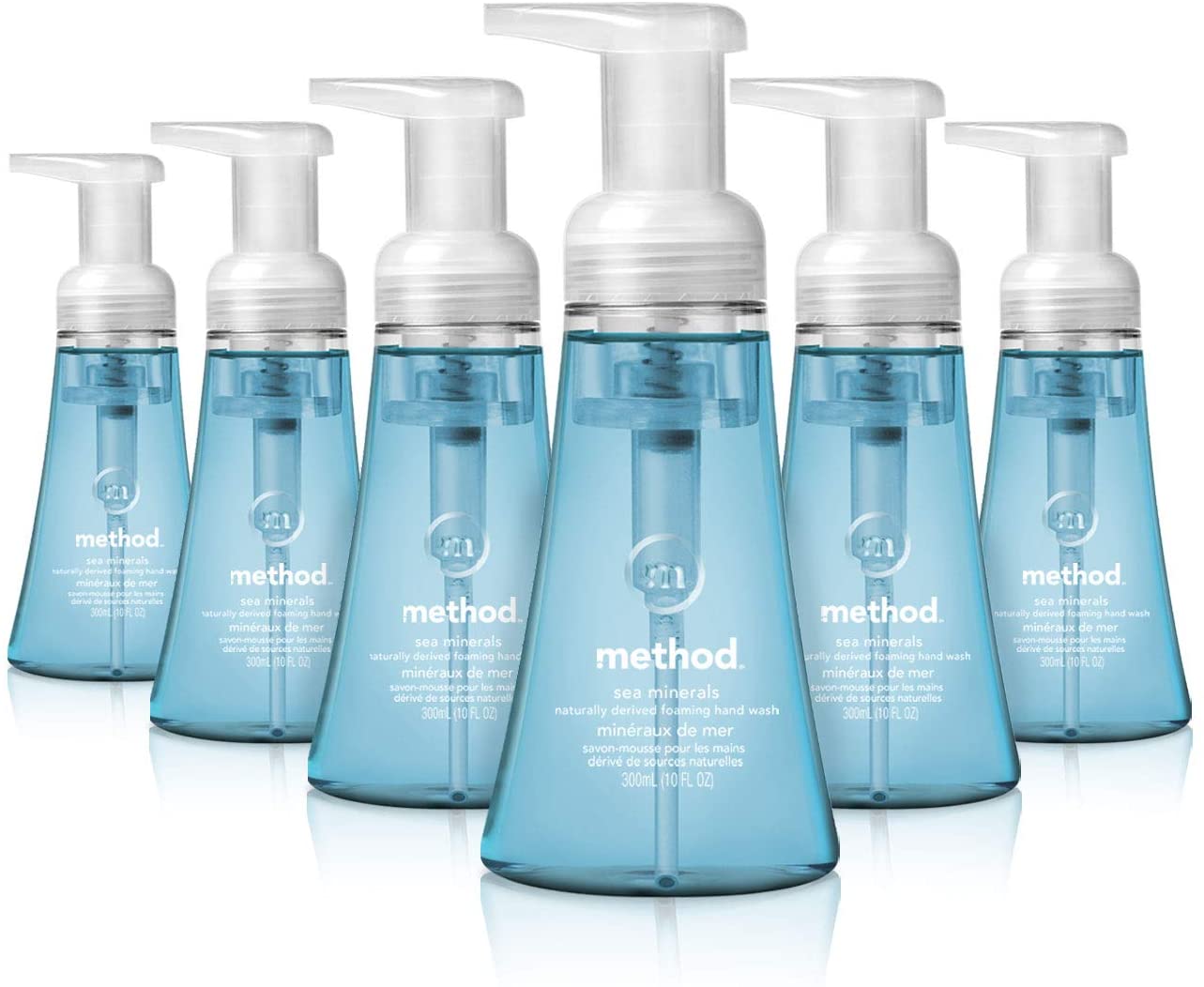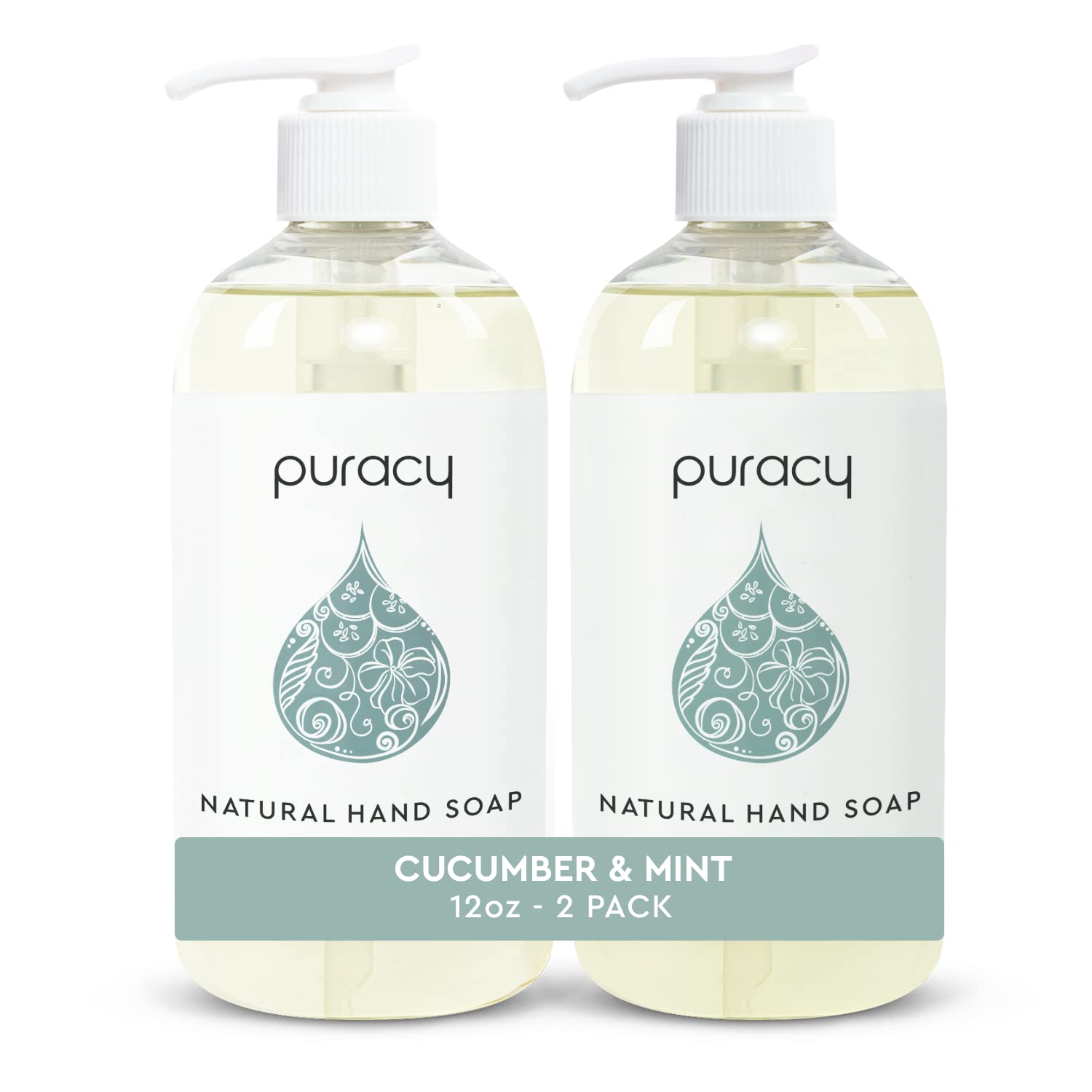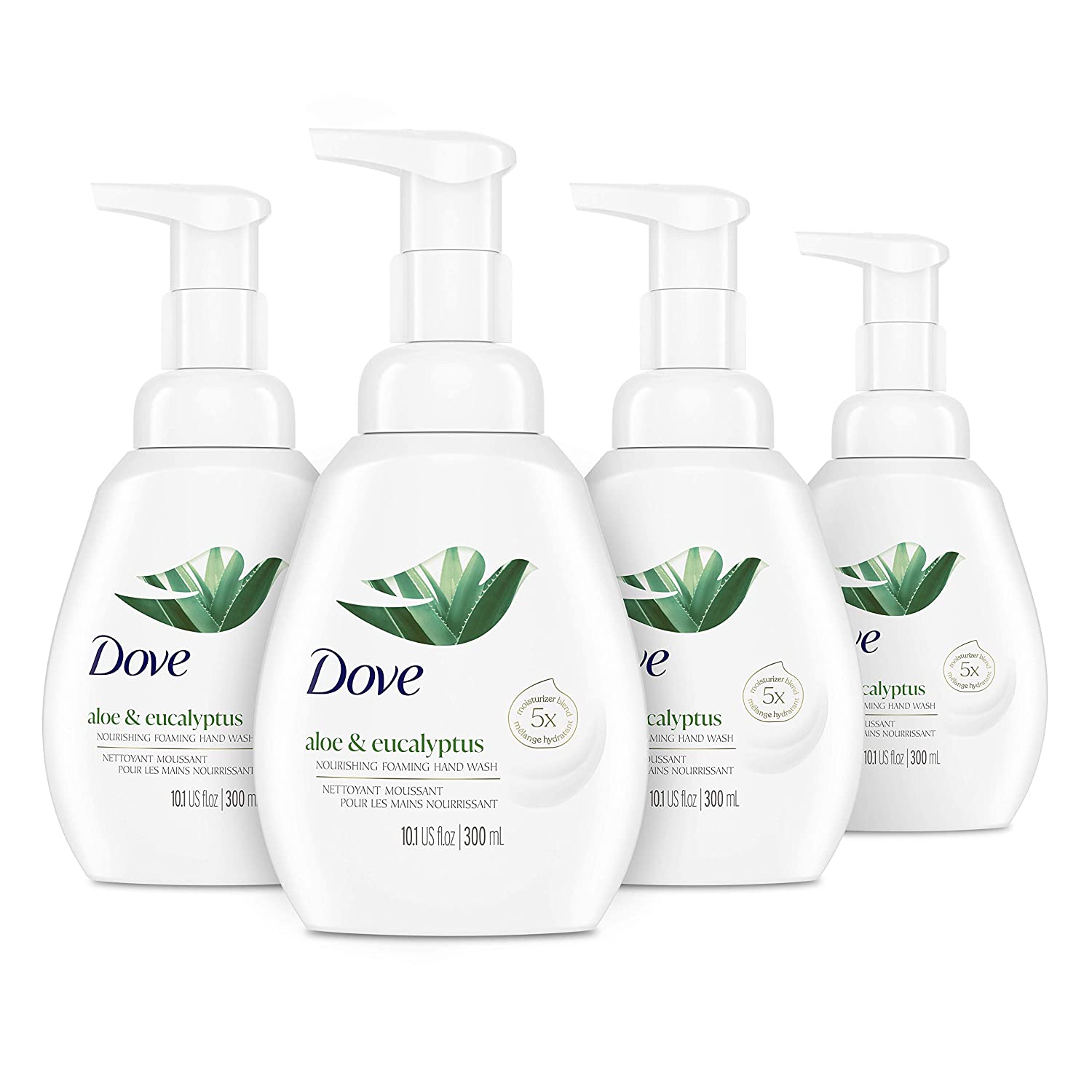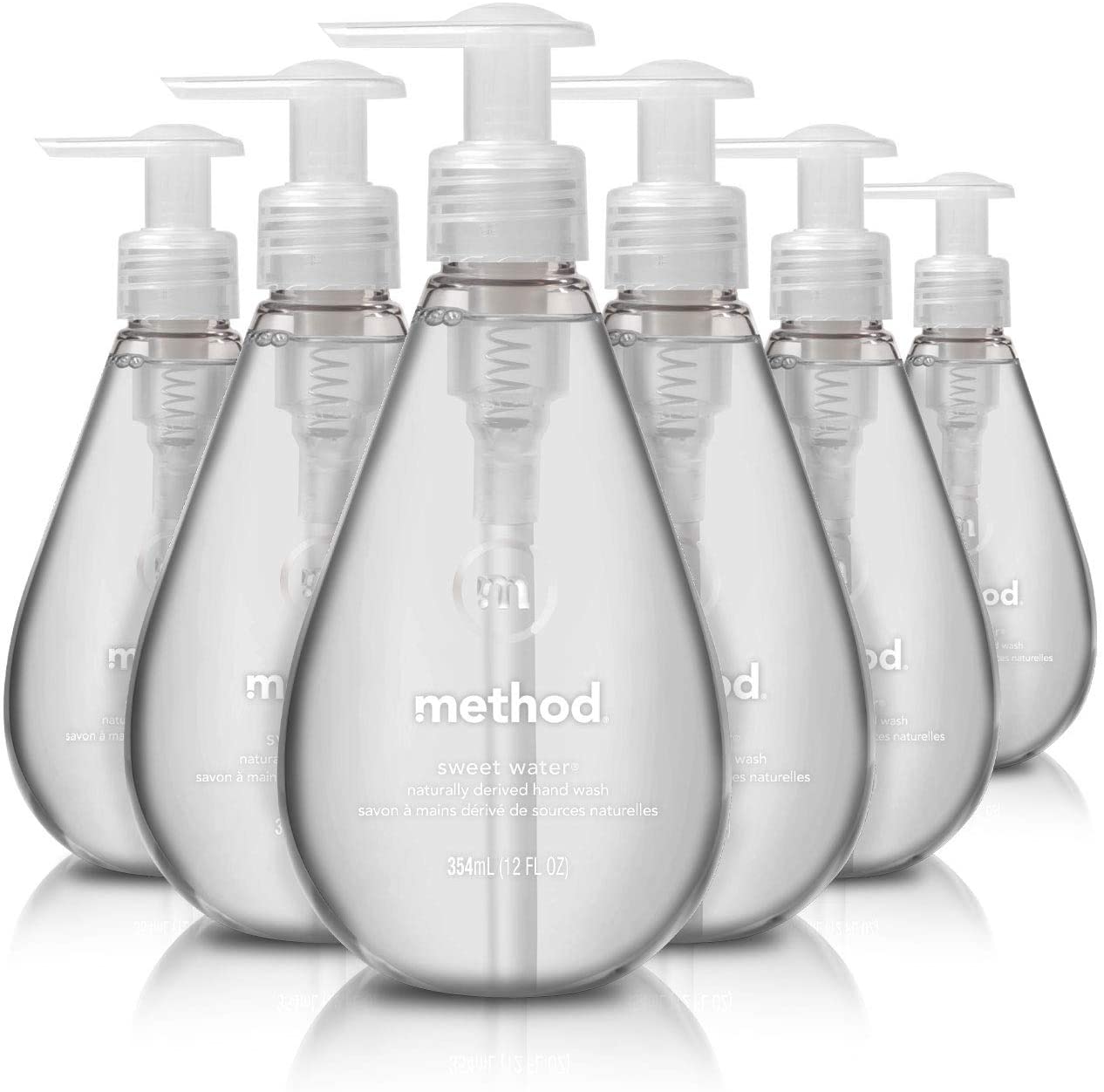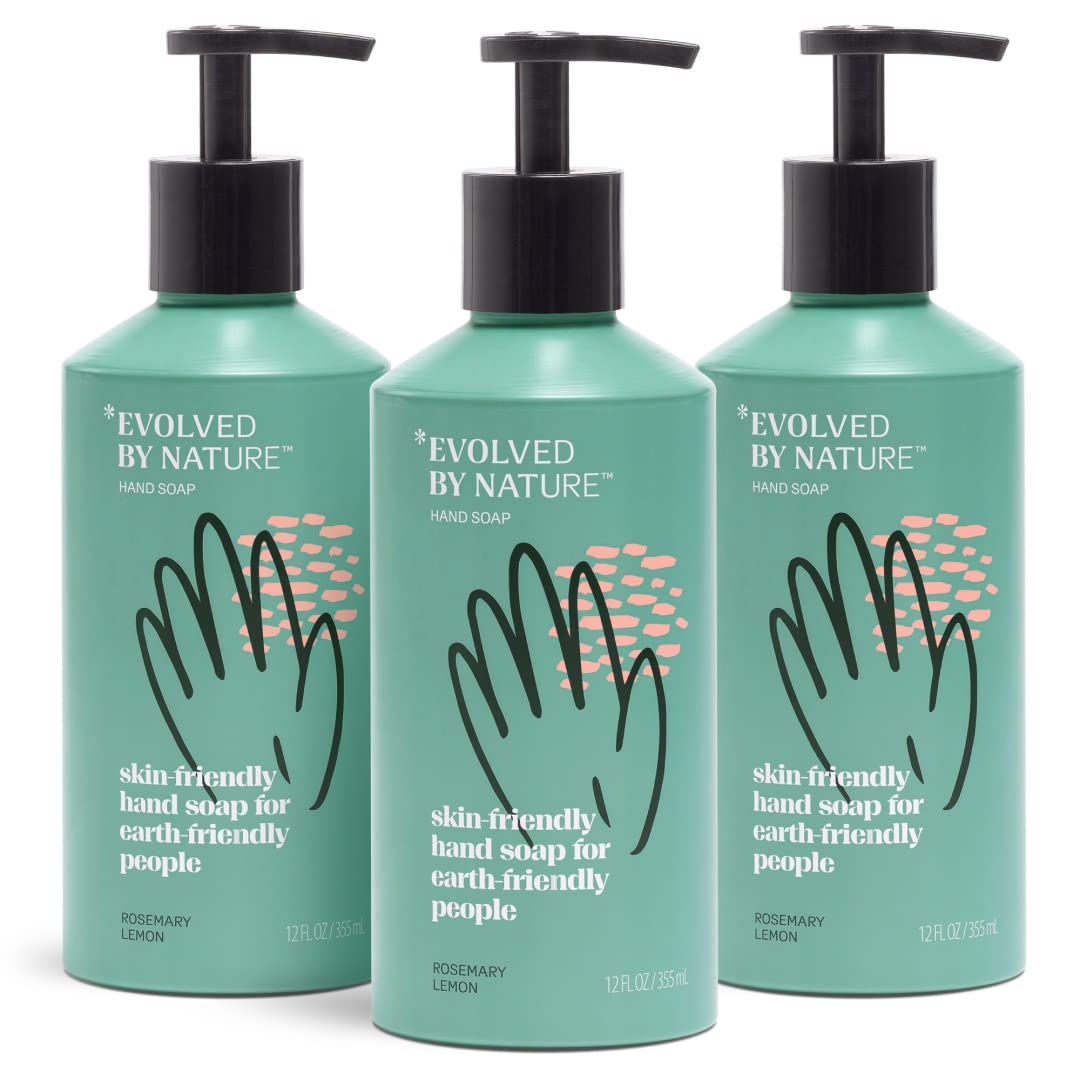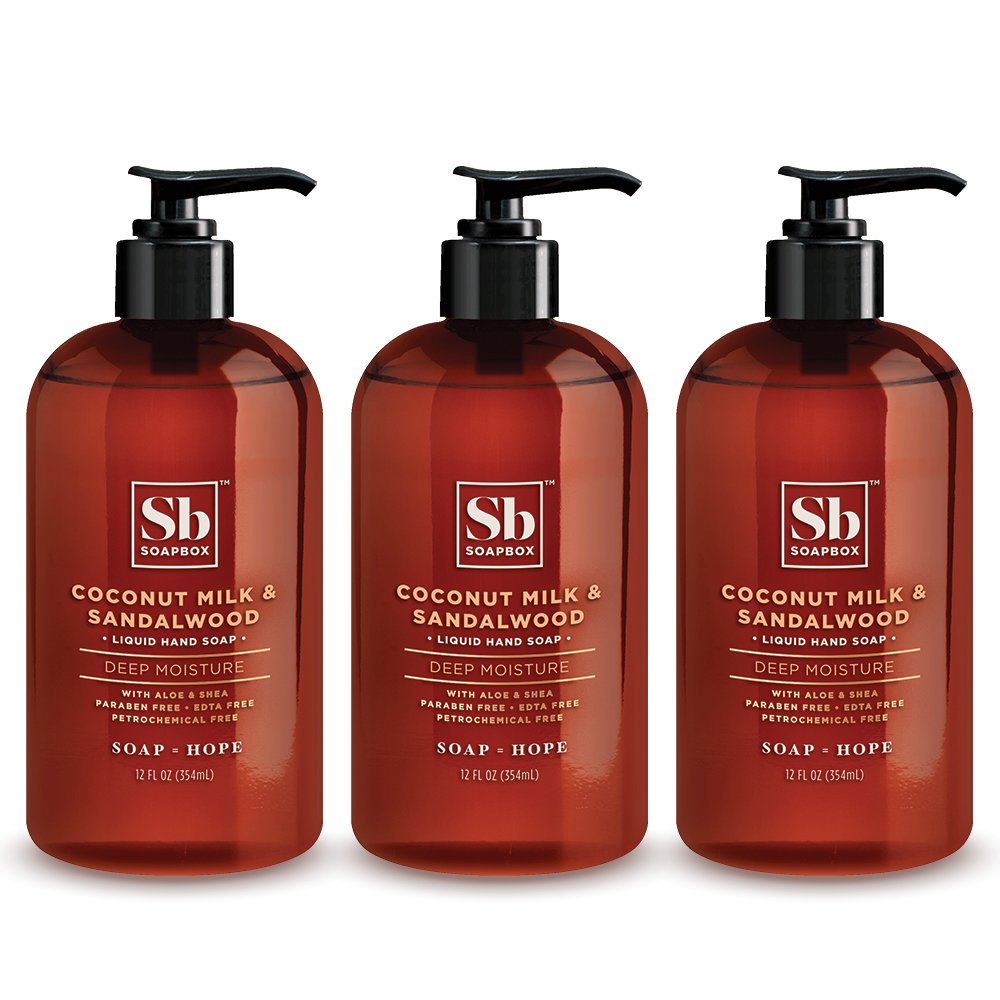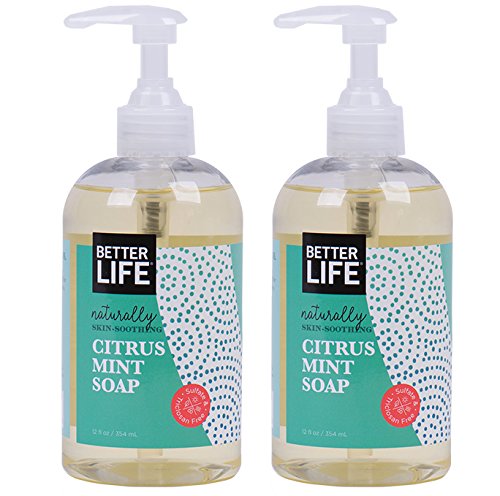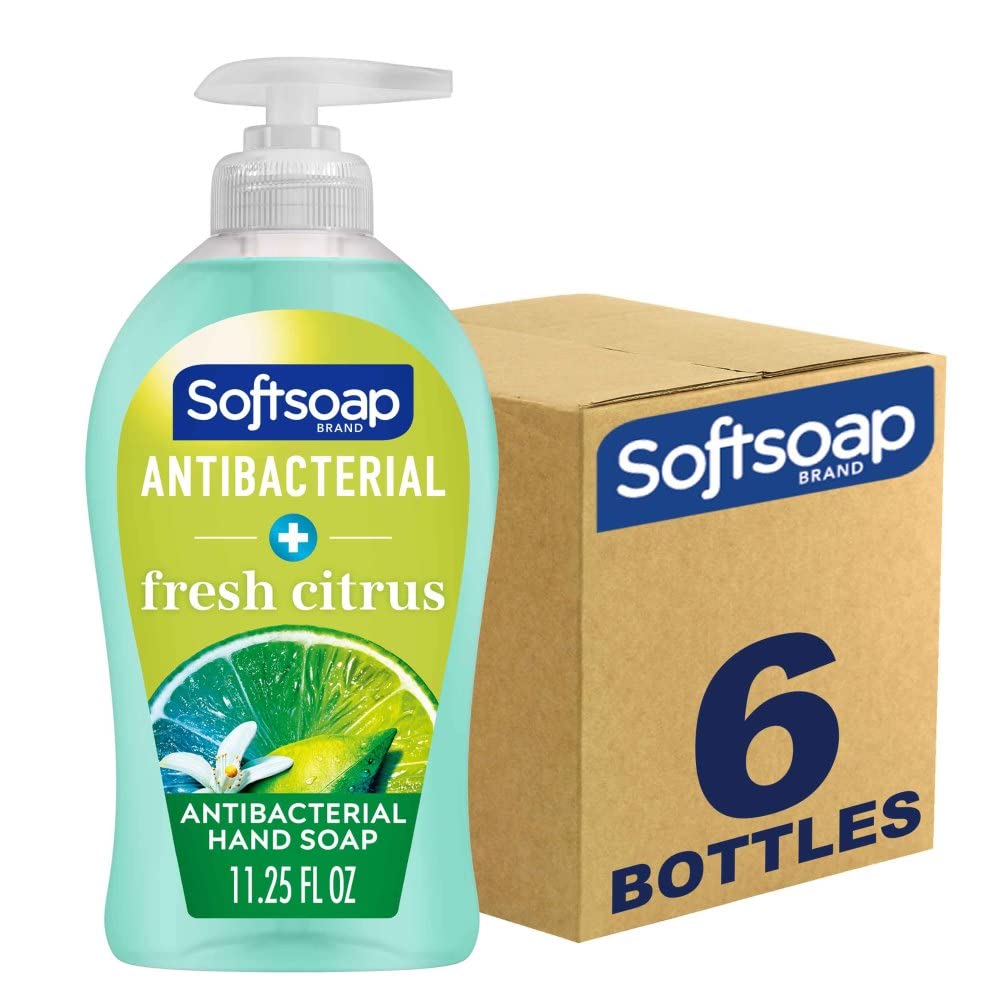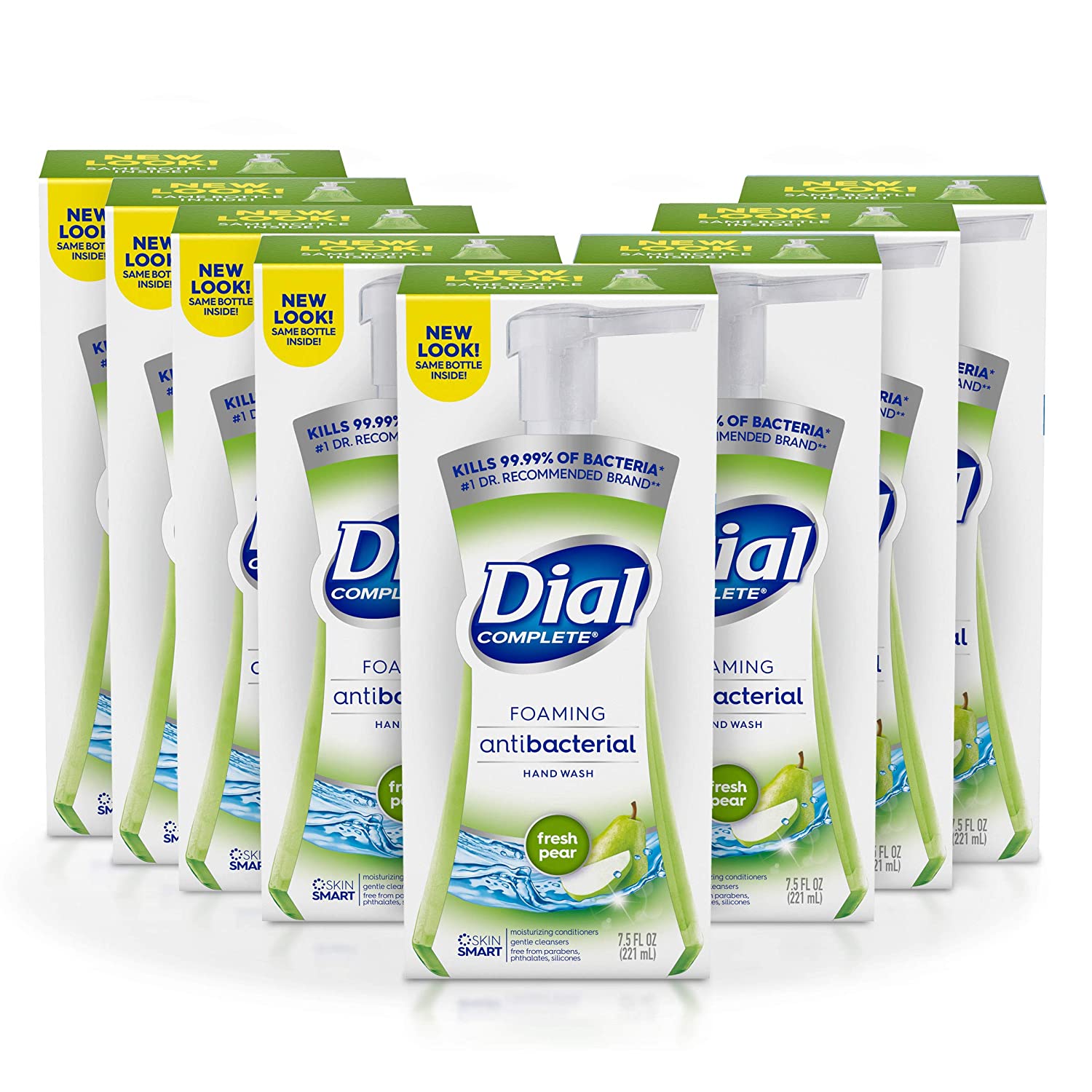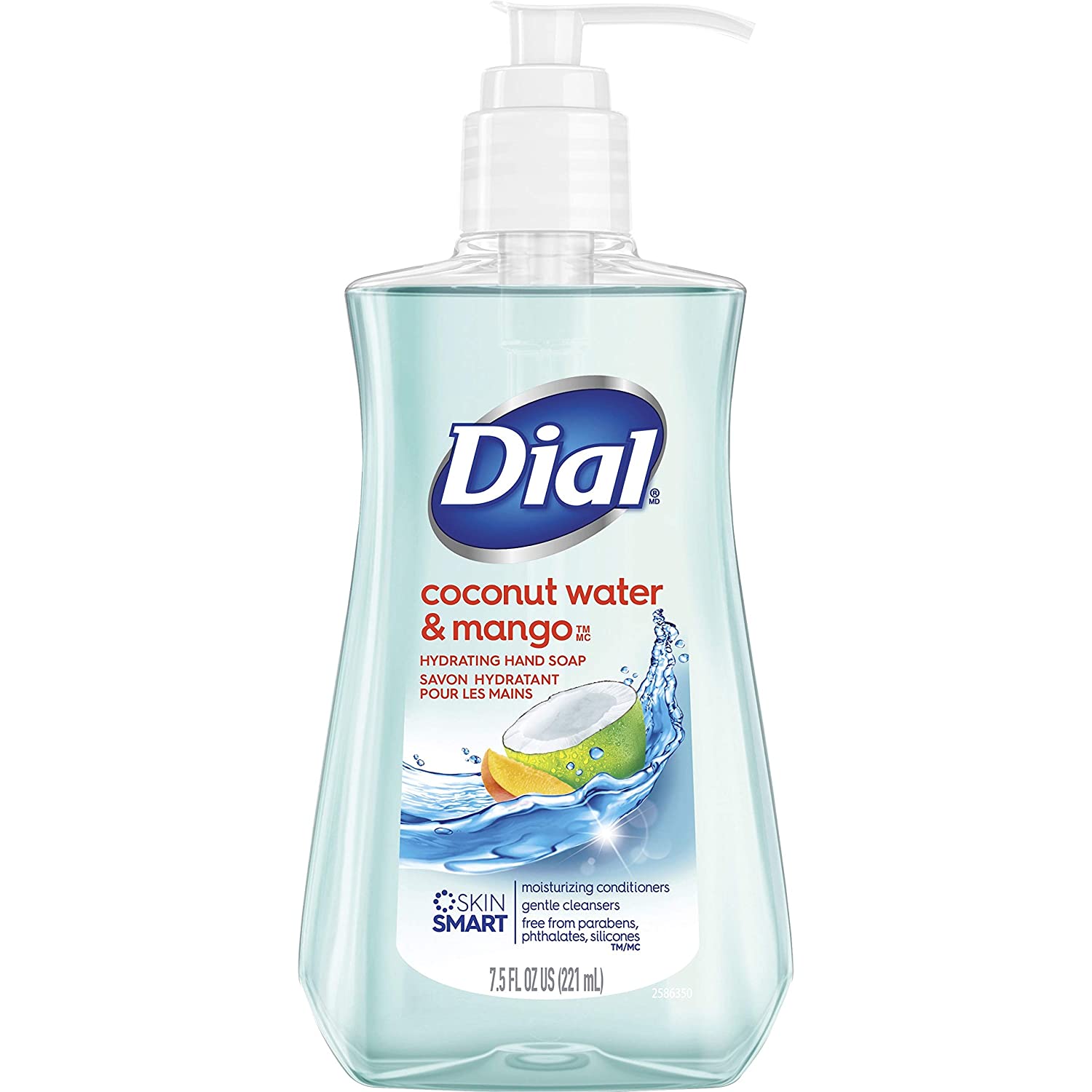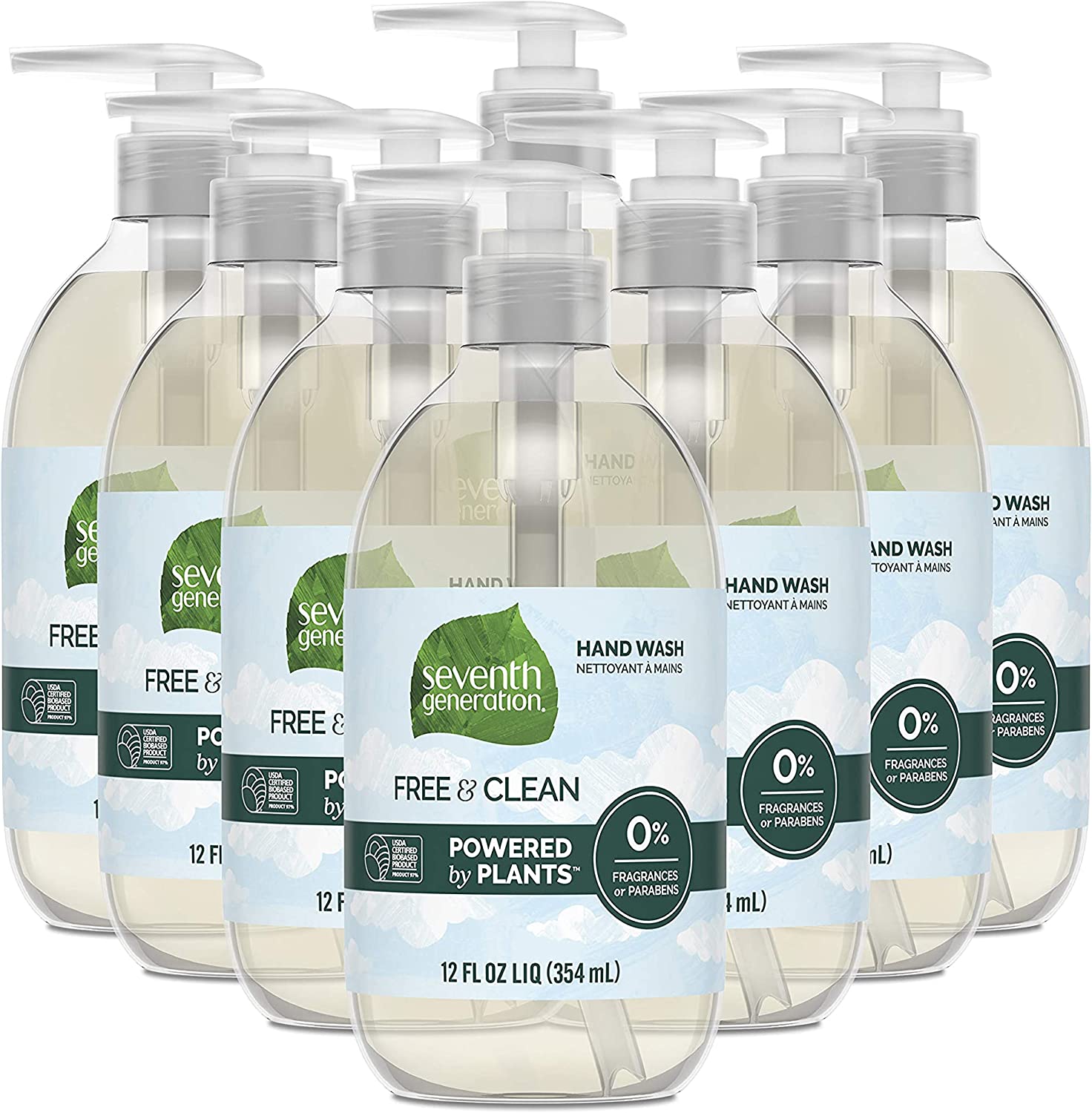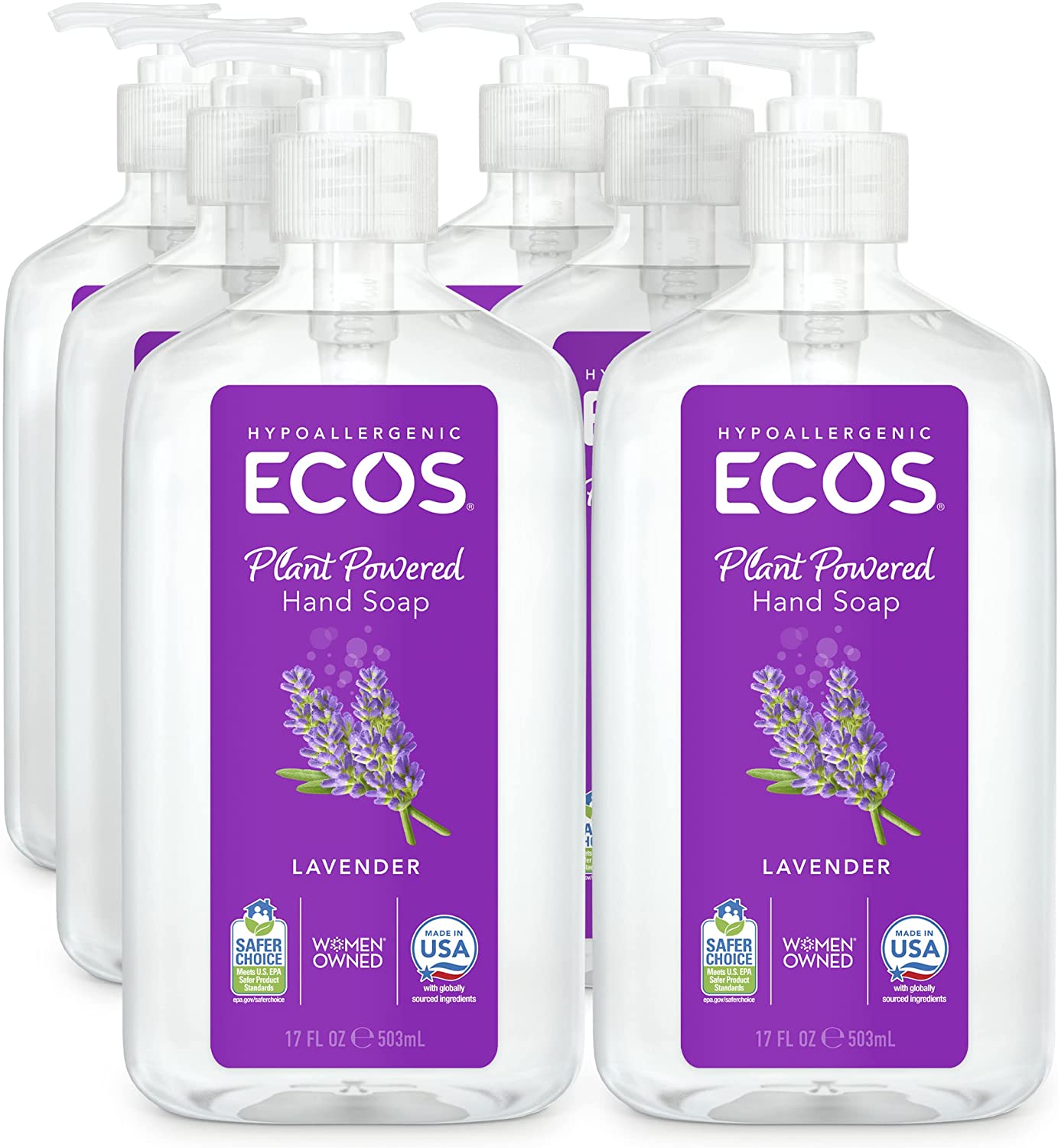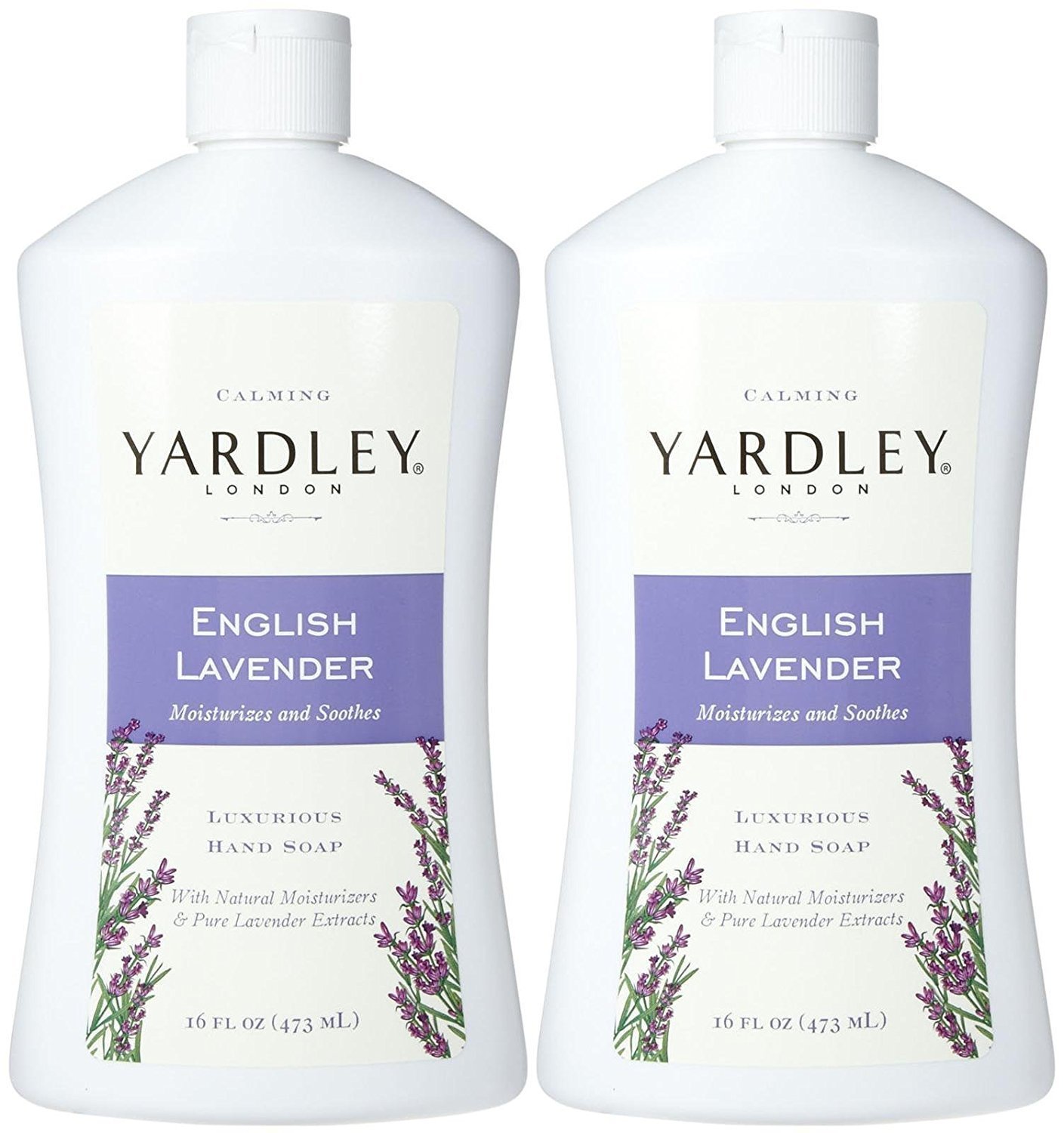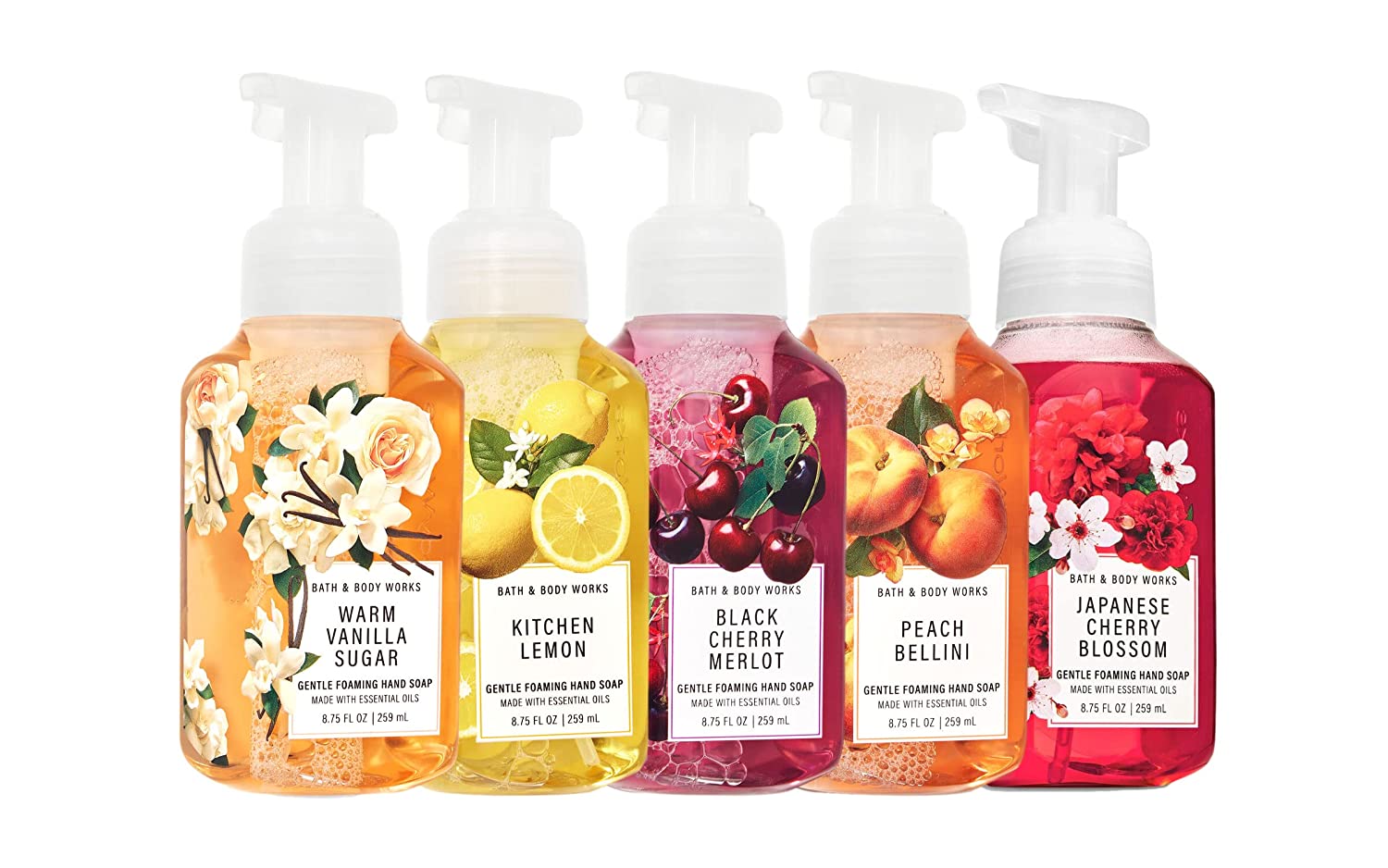Everyone Gentle & Nourishing Hand Soap, 3-Pack
Last updated: August 15, 2023
This lavender coconut hand soap comes by its scent and pleasing consistency honestly. There are no parabens, phthalates or dyes and it is also GMO-free. The essential oils and vitamins leave your hands cleaner and healthier.
We looked at the top Hand Soaps and dug through the reviews from some of the most popular review sites. Through this analysis, we've determined the best Hand Soap you should buy.
Product Details
Key Takeaway: This lavender coconut hand soap is great for those who care about their skin.
In our analysis of 17 expert reviews, the Everyone Gentle & Nourishing Hand Soap, 3-Pack placed 3rd when we looked at the top 17 products in the category. For the full ranking, see below.From The Manufacturer
The sweet creaminess of coconut is beautifully combined with the floral scent of lavender in Everyone Hand Soap Lavender + Coconut for a relaxing, soothing scent every time you wash your hands. Gentle coconut cleansers wash away dirt and grime while organic plant extracts and vitamin e + b5 leave hands soft and moisturized. At EO Products we believe in creating products that are good for people and the planet. That’s why we are Zero Waste and a Certified B-Corporation.
